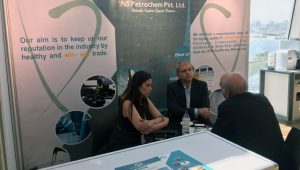THE 13th ICIS MIDDLE EASTERN BASE OILS & LUBRICANTS CONFERENCE
2016 will be a landmark year for the Middle East region, with new variables impacting the market landscape and inter-regional trade flows. As the flagship meeting place in the region, The 13th ICIS Middle Eastern Base Oils & Lubricants Conference is the ideal forum to debate and discuss the latest industry shifts, and consolidate the business connections which will help you thrive in the new market conditions.
Why is the Middle East a market in transition? The promised new Group II and Group III production coming on stream will accelerate the push to higher quality base oils. At the other end of the value chain, the upgrade to CH4 specifications for all countries will see arguably the biggest change in quality in the region.
THIS IS A REAL TIME OF CHANGE, AND THE MIDDLE EAST MARKET IS READY FOR HIGH QUALITY BASE OIL NOW…
PLUS: Developments in IRAN have the potential to be a game changer in the Middle East and beyond. On the 10 October ICIS is hosting an in-depth forum on opportunities in Iran and how to do business there.
PLUS: Developments in IRAN have the potential to be a game changer in the Middle East and beyond. On the 10 October ICIS is hosting an in-depth forum on opportunities in Iran and how to do business there.







